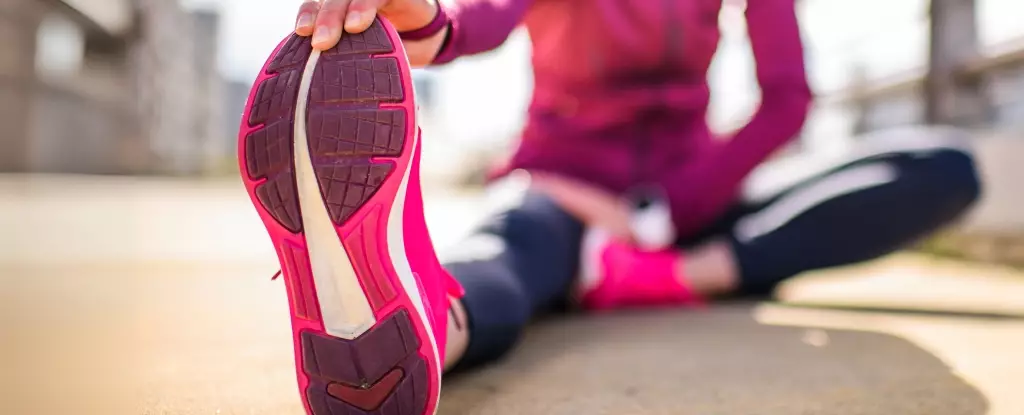Flexibility is often overlooked in fitness regimes, yet it plays a crucial role in our overall health and well-being. Many people may find themselves struggling with simple tasks such as touching their toes or reaching for something overhead. If these actions feel challenging, it may indicate a lack of flexibility, which can impact both physical performance and functional independence as we age.
Flexibility refers to the ability of a joint to move through its full range of motion. This capability supports various athletic activities and serves as a preventive measure against muscle injuries. Moreover, as we mature, everyday activities often involve a degree of flexibility, such as bending and twisting motions. Maintaining this flexibility is vital for sustaining independence and quality of life over time.
While there are various types of stretching techniques available, static stretching is arguably the most prevalent. This method consists of elongating a muscle by positioning a joint and maintaining that position for a designated period, typically ranging from 15 to 60 seconds. For instance, stretching the hamstrings by placing one foot on a stable surface while keeping the knee straight exemplifies static stretching.
Recent studies have sought to uncover the optimal practices for stretching, focusing on the duration, intensity, and frequency necessary for flexibility improvements. Interestingly, research findings challenge long-standing assumptions and suggest that the effort required for effective stretching may be less daunting than previously thought. A comprehensive review by researchers analyzed approximately 189 studies and included data from over 6,500 adults worldwide.
The results revealed that a cumulative stretch duration of around four minutes in one session provides immediate benefits for flexibility. Extending stretching sessions beyond this time does not yield greater improvements. For sustained flexibility gains, a recommendation of approximately 10 minutes of stretching per week for each muscle group appears ideal. This time isn’t confined to single sessions; flexibility training can be distributed throughout the week, making it manageable even for those with busy schedules.
Interestingly, the intensity of stretching—whether it feels uncomfortable or even painful, versus being mild and easy—does not impact the outcome in terms of flexibility improvements. Both approaches yield similar benefits. This revelation means that anyone, regardless of their starting point or fitness level, can embark on a journey to enhance their flexibility without incurring excessive discomfort.
The frequency with which one engages in stretching appears secondary to the total time dedicated to this practice over the week. Aiming for 10 minutes of stretching per muscle group is key. For individuals who may currently have tighter muscles, allocating more time upfront may be beneficial.
One of the most appealing aspects of static stretching is its accessibility—there’s no need for specialized equipment or a gym membership. Stretches can be performed in various settings, including at home while watching a favorite show, at the office, or outdoors after a leisurely walk. Tailoring a stretching routine to fit individual lifestyles can significantly reduce barriers to participation.
Examples of effective stretches include reaching forward while keeping one knee straight to engage the hamstrings or bending the knee to stretch the quadriceps by holding the ankle against the body. For the upper body, simply reaching an arm overhead while bending the elbow can help stretch the triceps.
However, it’s important to recognize that everyone’s needs are unique. For those unsure of the appropriate stretches to engage in, consulting with a healthcare professional such as a physiotherapist or exercise physiologist can provide personalized guidance. They can assess individual flexibility levels and recommend tailored exercises that target specific areas of tension or tightness.
Improving flexibility does not require monumental effort or extreme dedication. The evidence suggests that even minimal and consistent stretching can yield substantial benefits. By incorporating just 10 minutes of targeted stretching into your weekly routine, you can enhance your flexibility, reduce the risk of injury, and maintain your functional independence as you advance in age. Whether you are an elite athlete or someone embarking on fitness for the first time, committing to a flexibility-focused approach can have a lasting impact on your overall health and quality of life. So, why not make flexibility a priority? The journey to becoming more flexible truly isn’t too much of a stretch!


Leave a Reply